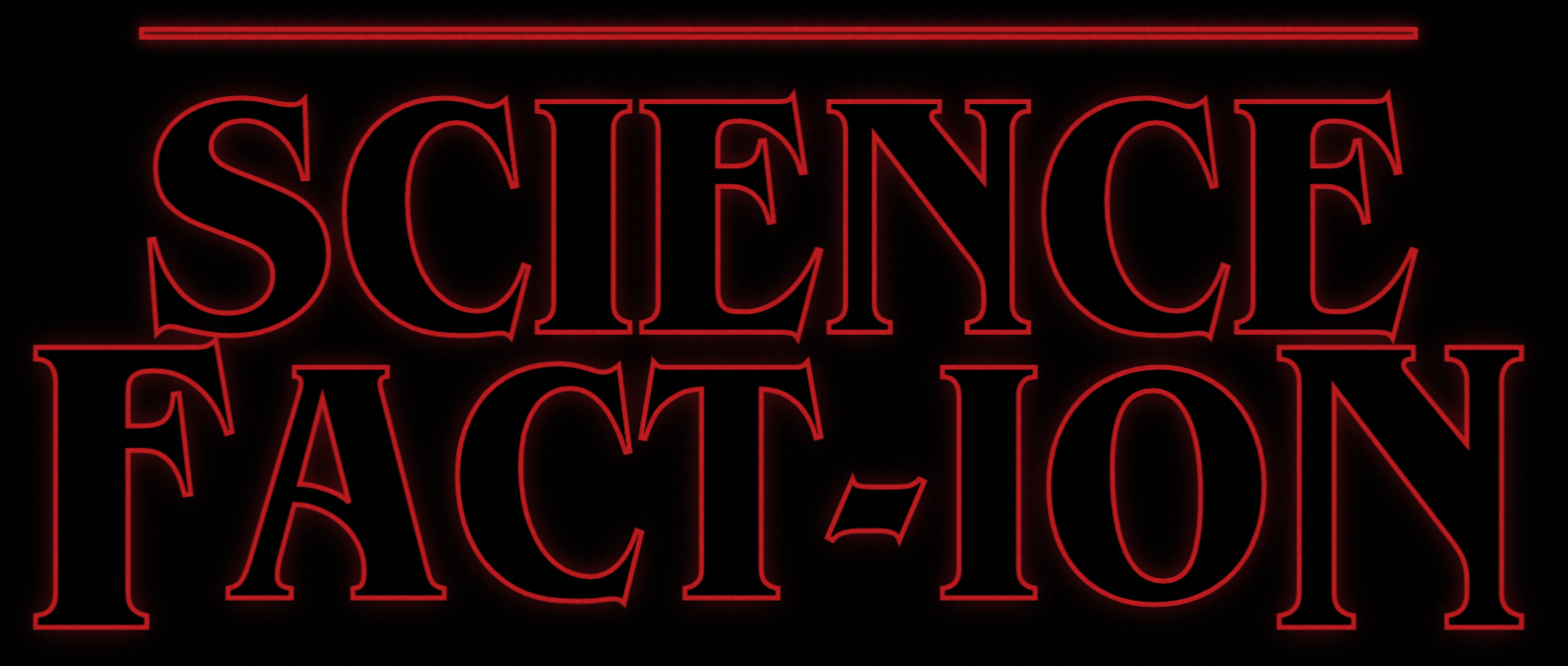Welcome to Sci-Friday! Every week, we’ll help you head into the weekend by collecting some links from the best real-life science news that happened throughout the week, so you can mix a little reality into your fantasy.
 The International Space Station Captures Footage of Rare Upside-Down “Blue Jet” Lightning
The International Space Station Captures Footage of Rare Upside-Down “Blue Jet” Lightning
Most of us have been outside at some point in our lives and seen a lightning strike; it’s a certain kind of exhilaration to see the super-charged electricity come down from the clouds and strike the air and ground in a crackle of tendrils. But did you know there is a super-rare kind of blue lightning that shoots up from the clouds into the stratosphere? “Blue jets” are exceedingly rare, and that rarity has made the phenomenon incredibly hard to study – but scientists have recently caught a break, as the International Space Station captured a blue jet on their sensors last year. The unique “upside down lightning” was over 22 miles in length and occurred in only a 10-microsecond flash. Electric! (via Science News)
 Large Collections of Items from the Bronze Age May Have Served a Very Specific (and Modern-Sounding) Purpose
Large Collections of Items from the Bronze Age May Have Served a Very Specific (and Modern-Sounding) Purpose
The further we look back into history, the more we try to understand and equate things that happened then to contemporary ideas that we can understand. Such may be the case with many groupings of bronze rings, ribs, and axe heads; archaeologists and historians have found large groupings of these items across Europe, and based on the items being sorted and stored roughly by equal weight (remember, no digital scales back in the Bronze Age, which was approximately 3300BC – 1200BC), a determination has been made as to what purpose these items probably served: dolla dolla bills, y’all! (via Science Alert)
 Platypus Genes Come from Three Different Types of Animals
Platypus Genes Come from Three Different Types of Animals
I mean, look at the dang things – is this headline necessarily a surprise to anyone? The platypus has a duck bill, clawed toes with venom-filled ankle spikes, a full fur coat, and lays eggs… if ever a case was to be made for a Franken-animal, this species would be it. This week, however, researchers presented the most comprehensive look ever at the platypus genome, and it shows that the platypus diverged from other mammals’ evolution just a shade over 187 million years ago, give or take some centuries. “They are very bizarre in many ways,” said the lead genome researcher and early nominee for Understatement Utterer of the Year. (via New York Times)
Have a cool science story that we should feature in next week’s column? E-mail it to us and we’ll give it a good look!

